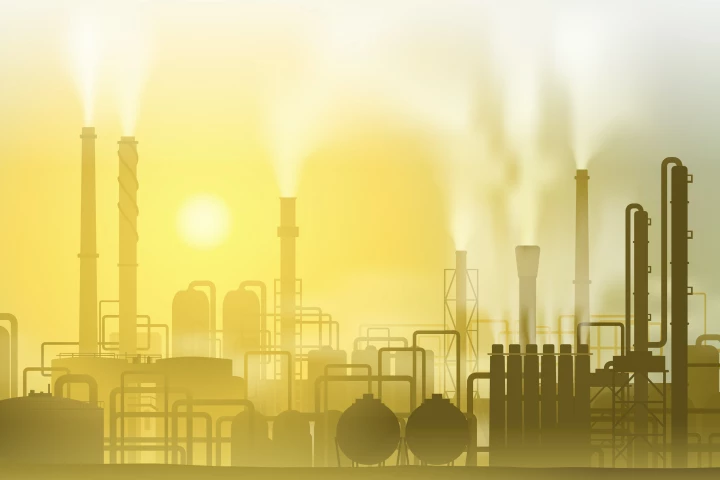Gas
-
Scientists have recreated in the lab some of the wild weather that might be found on Jupiter and Saturn. Using extremely high pressures and laser shock waves, the researchers produced helium rain which has been hypothesized to fall on these planets.
-
The NSW Government has funded Australia's first dual-fuel-capable power plant to the tune of US$64 million. The Tallawarra B project will initially run on natural gas, but will be gradually upgraded to burn green hydrogen over coming decades.
-
Although there already are devices that can detect harmful gases, most of them aren't particularly portable or simple to use. An experimental new tool, however, is about the size of a hypodermic needle – and it could be utilized by anyone, anywhere.
-
In September 2020, astronomers announced the discovery of phosphine in the atmosphere of Venus, a possible sign of life. But a new study has found that a different gas could explain the signature – one that's more common and doesn’t indicate life.
-
Engineers at the National University of Singapore have developed a new way to convert natural gas into a solid form, enabling safer and easier storage and transport. The process can be done in just 15 minutes using a low-toxicity mixture.
-
Scientists have fashioned graphene into microscopic balloons they say can distinguish between different kinds of noble gases, by measuring how long the gas takes to escape through tiny perforations in the surface of the balloons.
-
Astronomers at Ohio State University have taken the mean temperature of cosmic gas at different distances and ages, and found that it’s roughly 10 times hotter today than it was 10 billion years ago, thanks to the evolution of galaxies and clusters.
-
While Mars may be the most likely place we might find life beyond Earth, it's not alone. High in the atmosphere of Venus, astronomers have made the startling discovery of a gas called phosphine – a strong contender for a sign of microbial life.
-
Astronomers have mapped out a huge invisible region of the galaxy next door. Hubble has detailed the size and structure of Andromeda's gas halo – and found that it’s already bumping up against that of the Milky Way, in advance of a cosmic collision.
-
Supernovae are some of the most energetic events in the universe, and the resulting nebulas are a favorite for stargazers. To better understand the physics behind them, researchers at Georgia Tech have created a “supernova machine” in the lab.
-
Israeli company HomeBiogas has just introduced a third generation model it says produces 30 percent more clean fuel than its previous system, along with fertilizer to give your plant life a boost.
-
Artificial leaves can convert sunlight, water and carbon dioxide into energy or even be used to produce fuels. Now, researchers from Cambridge have developed a new version that can produce synthetic gas (or syngas) without releasing carbon dioxide.
Load More










